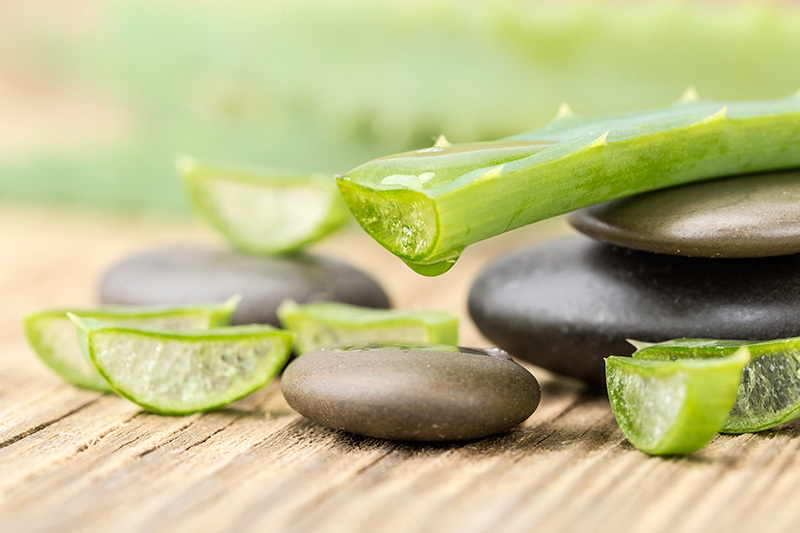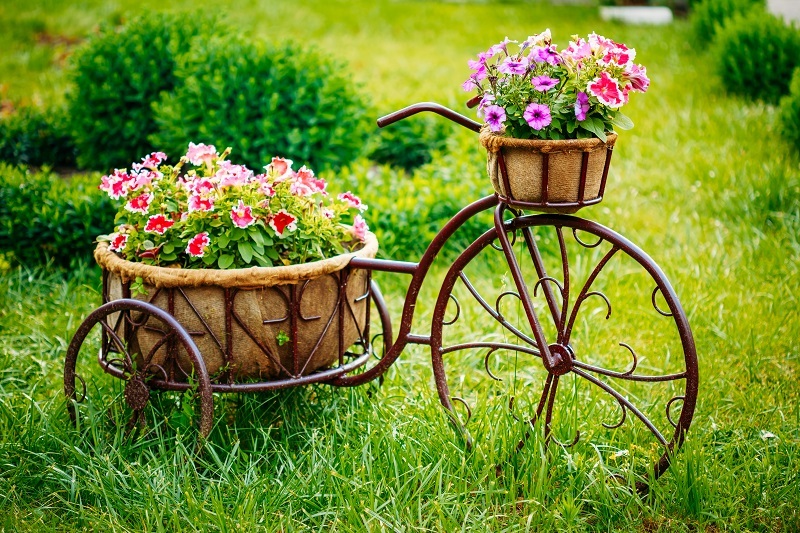7 Amazing Facts About Tulips That Go Beyond What's Known
Posted on 29/08/2025
7 Amazing Facts About Tulips That Go Beyond What's Known
Tulips, with their elegant petals and vibrant colors, have captivated humans for centuries. However, beyond their well-known beauty and widespread popularity, these spring-blooming perennials harbor a world of fascinating secrets and stories. In this article, we unveil 7 amazing facts about tulips that go beyond what's known, offering unique insights for flower enthusiasts, history buffs, and gardeners alike.
1. The Surprising Origin of Tulips
While many people associate tulips with the Netherlands, their true birthplace lies far east of Dutch windmills. Native to the mountainous regions of Central Asia, particularly Kazakhstan, Iran, and Turkey, tulips originally sprouted in rocky terrains and harsh climates. Nomadic tribes admired their resilience, and through centuries, tulips made their way to the Ottoman Empire where they became symbols of status and luxury.
- The word 'tulip' is derived from the Persian word 'dulband' (meaning turban) due to the flower's turban-like shape.
- Tulips were introduced to Europe in the 16th century, causing a dramatic shift in horticultural trends.
- Even today, wild tulips can be found blooming among the steppes of Central Asia.

2. Tulip Mania: The First Financial Bubble
Among all tulip facts, none are as dramatic as the story of Tulip Mania. In the 17th century, the Netherlands experienced an economic whirlwind driven by the skyrocketing popularity and price of exotic tulip bulbs.
- Tulip bulbs became so valuable that some sold for more than the price of an Amsterdam house.
- The phenomenon became the first recorded speculative bubble in history, culminating in a sudden crash in 1637.
- Tulip Mania is still referenced by economists and historians as a classic example of the dangers of speculation and market exuberance.
3. The Science Behind Tulip Colors and Petals
Not just a feast for the eyes, tulips offer fascinating science beneath their petals. Unlike many flowers, tulips display a huge spectrum of colors--from the purest whites to deep purples, flaming reds, and even true blacks. This diversity is largely due to pigments known as anthocyanins and carotenoids, which combine in unique ways to create dazzling varieties.
Genetic Oddities: The "Breaking" of Tulip Colors
A particularly rare tulip phenomenon is called "breaking," where stunning streaks or feather-like patterns appear on the petals. This effect, once considered a horticultural mystery, is actually caused by a viral infection, specifically the Tulip Breaking Virus (TBV).
- While these "broken" tulips were prized during Tulip Mania, modern breeders often avoid the virus since it weakens the plant.
- New breeding techniques now allow for spectacular color variations without risky viral infections.
4. Tulips Have Edible--and Sometimes Dangerous--Parts
Did you know that tulip petals are edible? Although not as commonly used as culinary herbs or vegetables, tulip petals can add a splash of color (and a mild, pea-like flavor) to salads and desserts.
- During World War II, Dutch citizens allegedly ate tulip bulbs to survive the Hunger Winter of 1944-1945 when food supplies were critically low.
- However, not all tulip parts are safe. The bulbs contain toxins such as tulipalin A and B, which can cause nausea, dizziness, and even poisoning if consumed in large quantities.
- It's advised to consume tulip petals only in moderation and never to eat the bulbs, especially if you are unsure of the tulip variety.
5. Global Symbolism: More Than Just Beauty
Throughout history, tulips have played significant roles in art, culture, and symbolism worldwide. Let's explore how their meaning goes well beyond the surface:
- In Turkey, tulips are associated with paradise on earth, spiritual purity, and were once a national emblem of the Ottoman Empire.
- In the Netherlands, tulips symbolize prosperity, economic recovery, and resilience. The annual Tulip Festival in Amsterdam draws tourists from all over the globe.
- In literature and art, tulips are often featured as metaphors for love, brevity of life, and perfect beauty.
Tulips are also a classic flower for declarations of love--a red tulip, in particular, stands for true passion and heartfelt emotions.
6. The Tulip's Surprising Role in Modern Science and Genetics
Tulips aren't just garden favorites--they're also important subjects in plant genetics research. Scientists study tulips to understand complex genetic traits such as color inheritance, disease resistance, and adaptation to climate change.
- Modern breeders use advanced genetic mapping to create new tulip varieties with vibrant colors, extended blooming periods, and enhanced disease tolerance.
- One breakthrough: breeders have managed to develop fragrant tulip varieties, since most tulips are naturally scentless.
- Tulips are also being used as model organisms to study how plants react to environmental stress--information that can be applied to food crops and climate resilience.
Tulips in Space!
Did you know that tulip bulbs have traveled to outer space? In certain experiments, astronauts have studied how tulip bulbs and other plants grow in zero gravity, increasing our understanding of botany beyond Earth. This research could be vital for future space missions and even for growing food on other planets.
7. The Enduring Mystique of Rare Tulips: Collectors and Obsessions
For centuries, rare tulip varieties have attracted avid collectors and passionate gardeners across the world. Some of these unique tulips fetch astonishing prices and are surrounded by legends and lore.
- The elusive "Semper Augustus" from the Dutch Golden Age remains one of the most famous and expensive tulips ever sold--its broken red and white petals are iconic.
- Today, specialty nurseries and botanical gardens continue to seek out and preserve rare heirloom tulip bulbs, some of which are endangered or extinct in the wild.
- Modern tulip collectors often network globally, sharing rare bulbs, information, and cultivation techniques in a thriving worldwide community.

Bonus Fact: Tulips as Environmental Allies
Tulips offer unexpected advantages for the environment and urban spaces. Their bulbs and roots help aerate soil, and their pollen provides a valuable food source for early spring pollinators such as bees and butterflies.
- In cities, tulips are used in green rooftops, vertical gardens, and park landscaping to beautify public spaces and support urban biodiversity.
- Some communities use native and wild tulip species for ecological restoration projects--helping protect and enhance fragile ecosystems.
Conclusion: Tulips Are More Than Meets the Eye
From their exotic beginnings and economic tales to their colorful roles in genetics and urban ecology, these 7 amazing tulip facts truly go beyond what's commonly known. Tulip flowers are not just beautiful, but also symbolic, versatile, and intricately linked to science, history, and culture. The next time you admire a blooming tulip, remember--beneath those delicate petals lies a world of remarkable stories waiting to be discovered.
Explore More About Tulips
- Interested in growing tulips in your garden? Check out our Ultimate Guide to Tulip Care and Planting.
- Want to see tulip fields in person? Plan a visit to the famous Keukenhof Gardens in the Netherlands.
- Looking for unique gift ideas? Learn about the symbolism behind different tulip colors for meaningful bouquets.
Have you discovered an amazing tulip fact we missed? Share your story or question in the comments below and join the global community of tulip enthusiasts!







